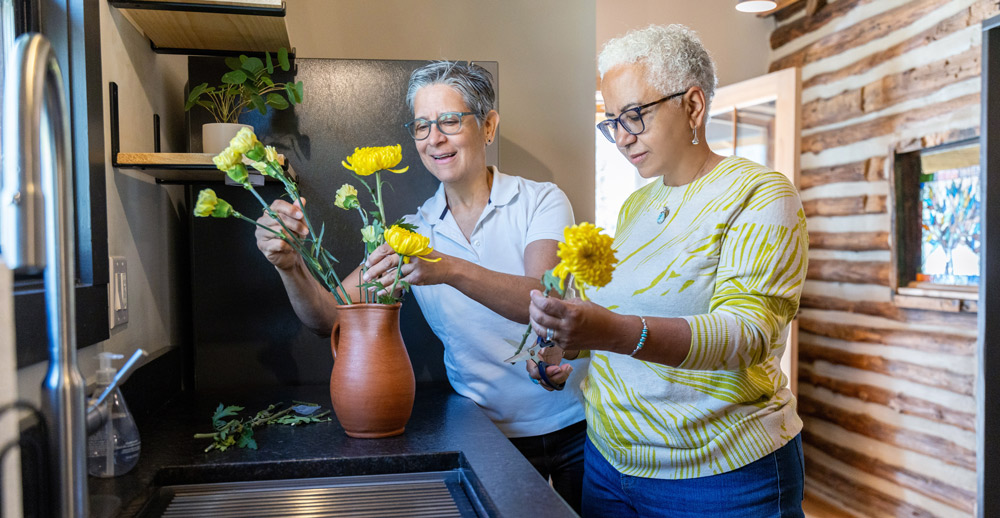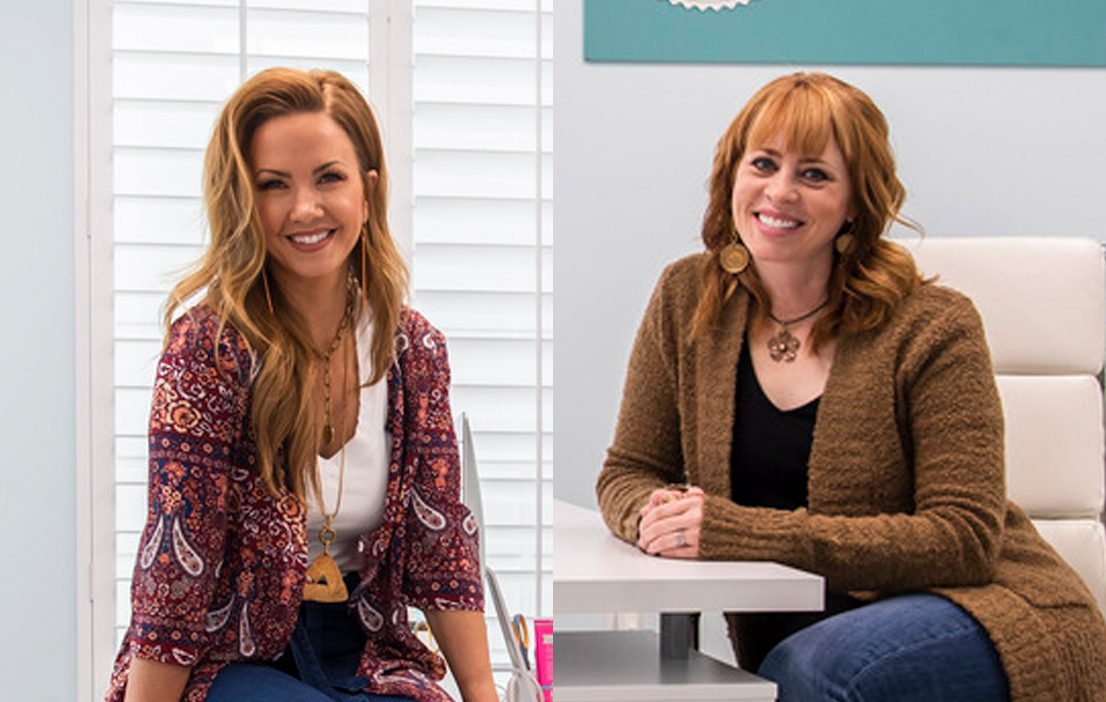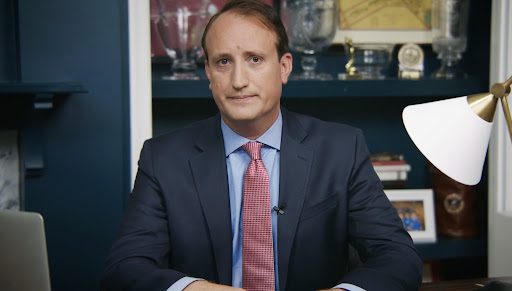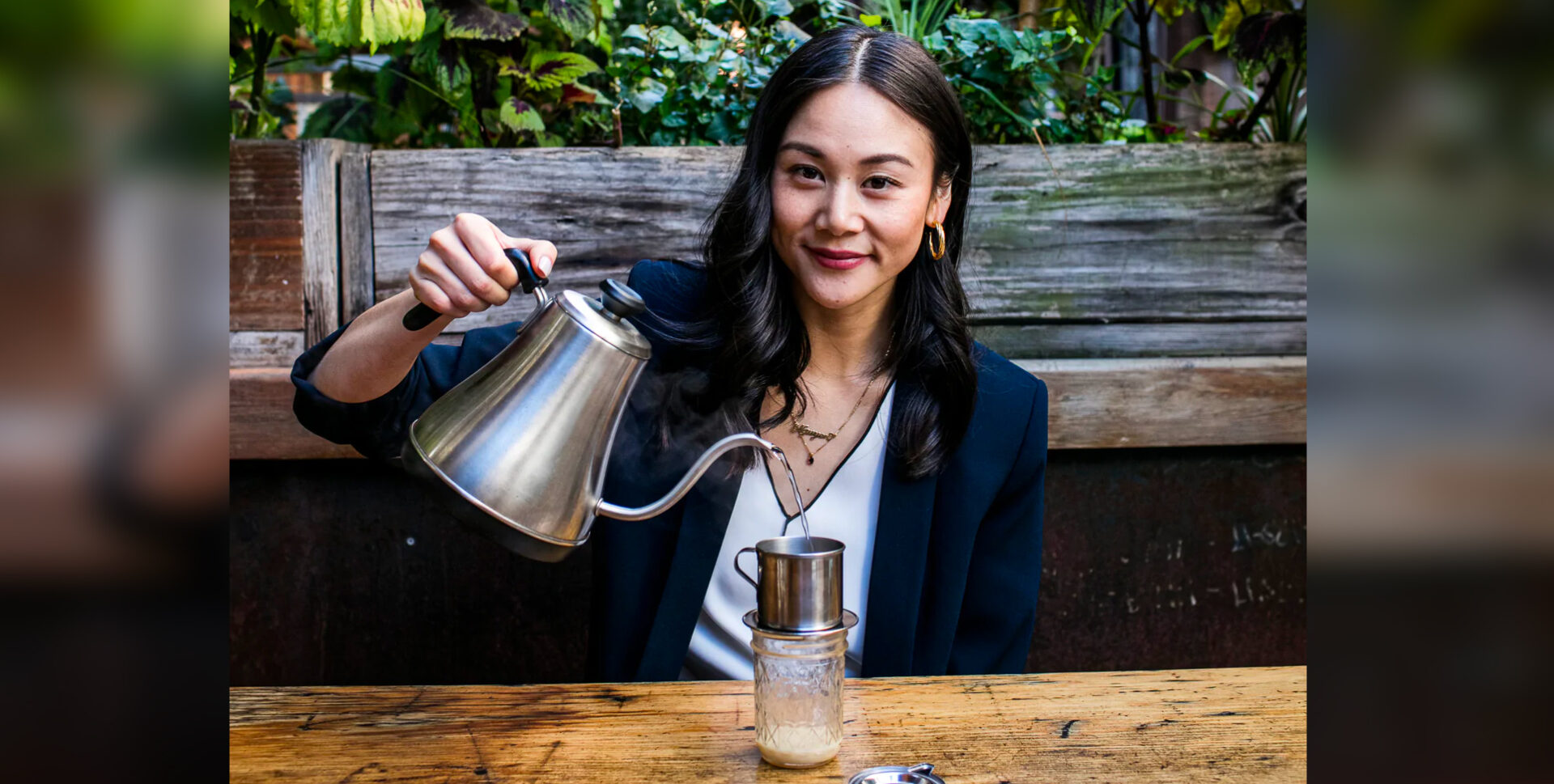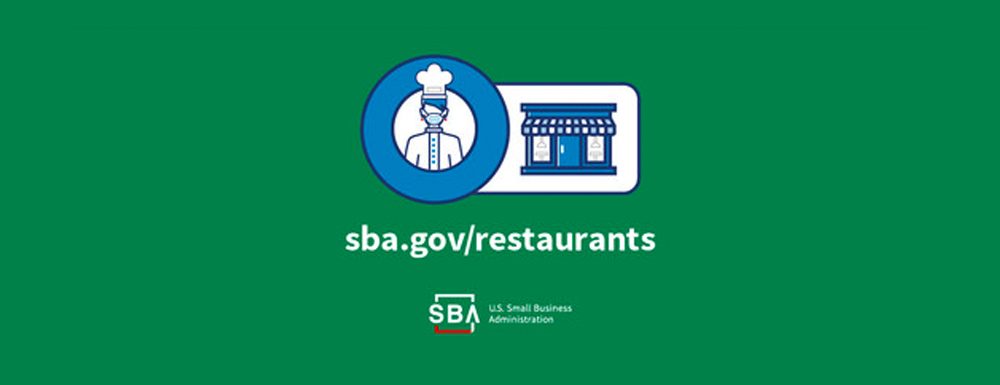
What small businesses need to know about the Restaurant Revitalization Fund
The SBA has recently opened applications for the Restaurant Revitalization Fund (RRF) to provide emergency assistance to restaurants that have suffered as a result of the pandemic. The RRF will provide restaurants with funding equal to their pandemic-related revenue loss up to $10 million per business and no more than $5 million per physical location.
In addition to restaurants, the following food and beverage service providers can also apply: food stands, food trucks, food carts, caterers, bars, saloons, lounges, taverns, and snack and nonalcoholic beverage bars. Additionally, bakeries, brewpubs, tasting rooms, taprooms, breweries and/or microbreweries, wineries and distilleries, and inns can apply if your onsite sales to the public comprise at least 33% of gross receipts. For more information on cross-program eligibility on SBA COVID-19 relief options, click here.
Awardees can use their funds on payroll costs, payments on mortgage, rent payments, debt service, utility payments, maintenance expenses, outdoor seating, supplies, food and beverage expenses, covered supplier costs, and operating expenses. Recipients are not required to repay the funding as long as funds are used for eligible uses no later than March 11, 2023.
The SBA began accepting applications on Monday, May 3, 2021. Although all eligible businesses can begin applying, from day 1 to day 21 (May 3rd to May 24th), the SBA will be processing and funding priority groups, including small businesses that are at least 51% owned by one or more individuals who are women, veterans, or socially and economically disadvantaged. From day 22 (May 25th) onward, all applications will be processed in the order in which they are approved by the SBA.
When applying, the following documentation is required:
- Verification for Tax Information through IRS Form 4506-T
- Gross Receipts documentation, which can be provided through any of the following:
- Business tax returns (IRS Form 1120 or IRS 1120-S)
- IRS Forms 1040 Schedule C; IRS Forms 1040 Schedule F
- For a partnership – partnership’s IRS Form 1065 (including K-1s)
- Bank statements
- Externally or internally prepared financial statements such as Income Statements or Profit and Loss Statements
- Point of sale report(s), including IRS Form 1099-K
For applicants that are a brewpub, tasting room, taproom, brewery, winery, distillery, or bakery:
- Documents evidencing that onsite sales to the public comprise at least 33.00% of gross receipts for 2019
- May include Tax and Trade Bureau (TTB) Forms 5130.9 or TTB
- For businesses who opened in 2020, the Applicant’s original business model should have contemplated at least 33.00% of gross receipts in onsite sales to the public.
For applicants that are an inn:
- Documents evidencing that onsite sales of food and beverage to the public comprise at least 33.00% of gross receipts for 2019
- For businesses who opened in 2020, the Applicant’s original business model should have contemplated at least 33.00% of gross receipts in onsite sales to the public.
For more information, the SBA has provided an RRF Program Guide and RRF Knowledge Base (FAQs) to answer any further questions you may have about eligibility, the application process, and funding.

